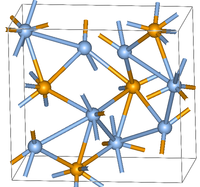Distribution is the process of moving product from business (manufacturer/producer) to the end user. This intermediary role is played by distributors who collect production from the manufacturer and ensure its availability to the end user.
Investment in a small or medium scale distribution business would largely depend on the following factors: Distribution territory or region to be covered, Population of the area, Number of houses; and Family size.
The entrepreneurs choose locations like bungalows in the vicinity of the industrial areas or godowns within the industrial arras. Proximity of distribution house to the target market plays major role to cut down ransportation cost and increase revenue. Besides, loading and unloading of goods would be convenient.
Distribution business is a logistics business which draws a considerable investment in the
goods transportation vehicles. Success of the business largely depends on the efficient
transportation and delivery of products.














